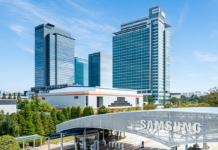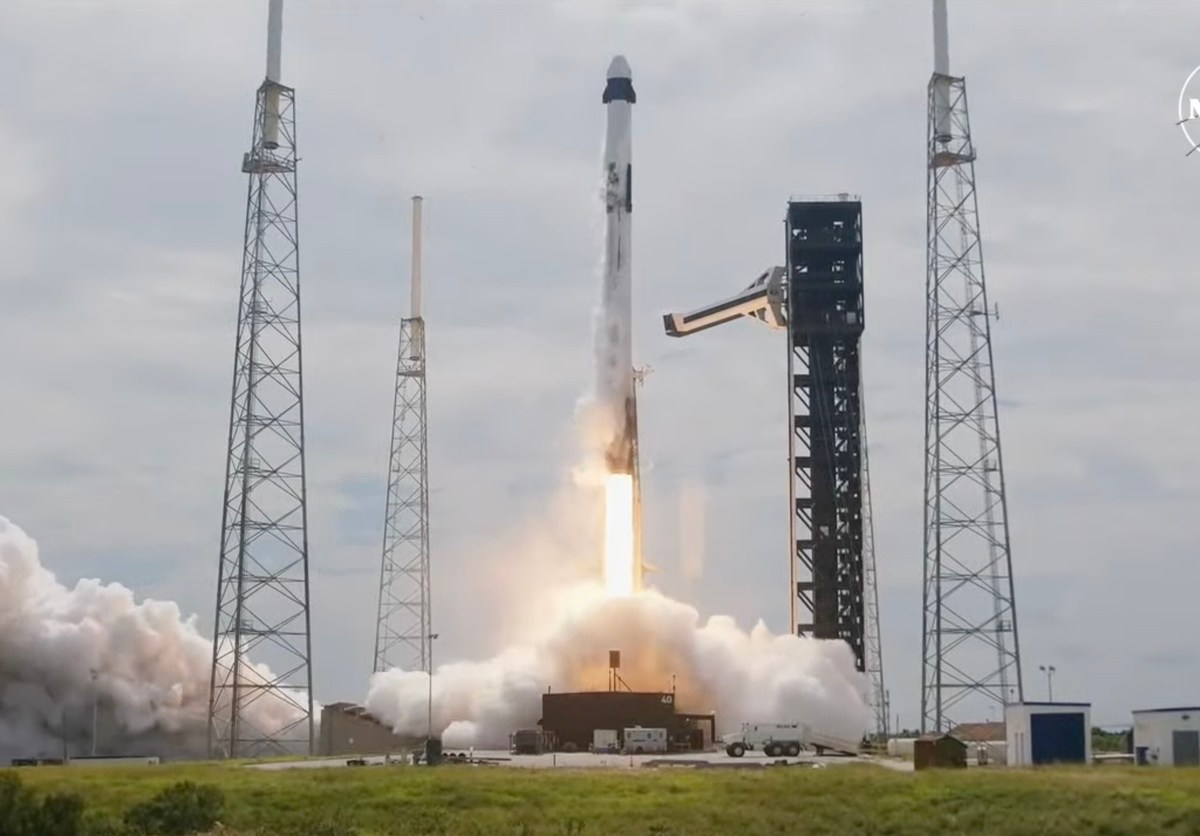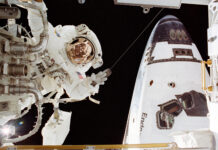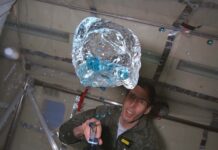NASA Safety Panel Urges Caution Amid Recent SpaceX Anomalies
In a recent meeting held on October 31, 2023, the Aerospace Safety Advisory Panel (ASAP) emphasized the importance of maintaining a strong focus on safety, especially for crewed flights, following a series of anomalies reported by SpaceX. Kent Rominger, a former astronaut serving on the panel, discussed several recent issues related to SpaceX’s Falcon 9 rocket and Dragon spacecraft, highlighting the need for vigilance as the company ramps up its launch activities.
Recent SpaceX Incidents
Rominger outlined several incidents involving SpaceX’s Falcon 9 rocket, which have raised concerns about operational safety. One significant event was the Falcon 9 launch failure in July, where the second stage of the rocket failed to perform a second burn. This issue led to the grounding of the Falcon 9 for approximately two weeks. Another anomaly occurred during the Falcon 9 launch of the Crew-9 mission on September 28, when a problem was detected during a deorbit burn. Like the July incident, this also resulted in grounding the rocket, except for one mission, for two weeks. Additionally, Falcon 9 launches were temporarily paused in August due to a failed landing attempt of a Falcon 9 booster on a droneship.
These incidents serve as a stark reminder that ensuring safety in space operations demands meticulous attention to detail, particularly as hardware ages and the frequency of missions increases. Rominger stressed the importance of both NASA and SpaceX maintaining a laser focus on the safe operation of Crew Dragon missions, cautioning against complacency in regular operations.
The Importance of Safety and Vigilance
Rominger further emphasized that the high pace of operations should not cloud the judgment of those involved. There must be sufficient time and resources allocated to thoroughly understand the root causes of these anomalies and implement effective corrective actions. Though no specific recommendations were made by the panel concerning these unrelated issues on Falcon 9 launches, the emphasis on safety was clear.
One particular area of concern discussed was the behavior of Crew Dragon parachutes observed during the Crew-8 splashdown on October 25. The "lagging" behavior, where one of the four main parachutes opens slightly slower than the others, was noted. However, this behavior is considered within the expected performance range for the system.
Strategic Changes and Operational Benefits
In response to these challenges, a strategic decision was made in July to relocate Dragon splashdowns from the Florida coast to the California coast. This change aims to better manage the reentry of the Dragon’s trunk section, parts of which have previously survived reentry on earlier missions. Rominger praised this decision, noting that it offers advantages for both safety and the recovery operations of the Dragon spacecraft.
SpaceX has been exceptionally busy this year, and this high level of activity brings its own set of benefits. Charlie Precourt, another former astronaut on the panel, remarked that the increased operational tempo provides valuable data that improves the understanding of system performance. While challenging, this pace offers insights that might not be available otherwise.
The Starliner Crewed Test Flight
The panel also reviewed the recent Starliner crewed test flight. This mission concluded with NASA’s decision to leave astronauts Butch Wilmore and Suni Williams on the International Space Station and return the spacecraft uncrewed due to thruster problems and helium leaks. Although Rominger did not provide new technical insights into these issues, he commended NASA for its thorough analysis and decision-making process. The inclusive nature of the discussions, where many individuals felt empowered to voice their concerns, was indicative of a healthy safety culture.
Acknowledging a Strong Safety Culture
ASAP’s chair, Susan Helms, reinforced the importance of a robust safety culture at the meeting’s conclusion. She acknowledged that reaching a decision about the Starliner mission was not easy, but NASA demonstrated the hallmarks of a healthy safety culture. This cultural approach ensured that risk-managed outcomes were achieved, and Helms applauded NASA’s efforts in this regard.
Conclusion
The recent SpaceX anomalies underscore the necessity of unwavering attention to safety in the realm of space exploration. As the pace of operations accelerates and the complexity of missions increases, both SpaceX and NASA must remain committed to identifying and addressing potential risks. By doing so, they can continue to push the boundaries of space exploration while safeguarding the lives of the astronauts who rely on their technology. This commitment to safety not only benefits current operations but also lays a foundation for the future of human spaceflight.
The original article can be found at SpaceNews.
For more Information, Refer to this article.



































